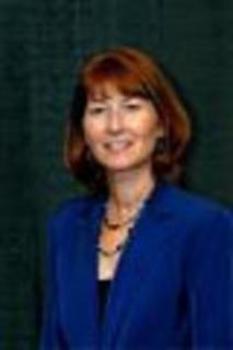Question
At what age is it possible to diagnose apraxia? Is apraxia in children a precursor to other disorders that may appear in the future? Is this different than dyspraxia?
Answer
First, dyspraxia is indeed the same as apraxia. Since the question is about children, I assumed that you're asking about what's called Developmental Apraxia of Speech (DAS) (also known as Developmental Verbal Dyspraxia (DVD)). This is a condition in which children have difficulty planning and sequencing the speech movements to realize speech sounds. The muscles themselves are not affected; that is, there is no weakness, spasticity, etc.
The diagnosis is not always easy to make because there is no single symptom that represents DAS. There is a constellation of symptoms that are commonly present in children considered to have DAS and these include: phonemic errors (often phoneme omissions), better receptive than expressive language, more articulatory errors with increasing length and complexity of words, inconsistent errors, articulatory groping when trying to speak, and vowel errors (Strand, 2000). Many children can be diagnosed at 3 years of age - which is a good time to start therapy. Diagnosis is more difficult in younger children.
DAS is also associated with difficulties in a child's phonological system. This puts children with DAS at risk for difficulties with phonological awareness - the ability to consciously parse, sequence, and manipulate the individual sounds (phonemes) that make up words. As a result, many later have difficulty with spelling, reading and writing - skills that depend heavily on the phonologic system.
Suzanne Hungerford, Ph.D., CCC/SLP is Associate Professor in the Communication Disorders and Sciences Department at Plattsburgh State University of New York. She is a member of the Academy of Neurologic Communication Disorders and Sciences (ANCDS). Her research and teaching interests include pediatric neurologic communication disorders and special populations (e.g., pervasive developmental disorders and selective mutism).

